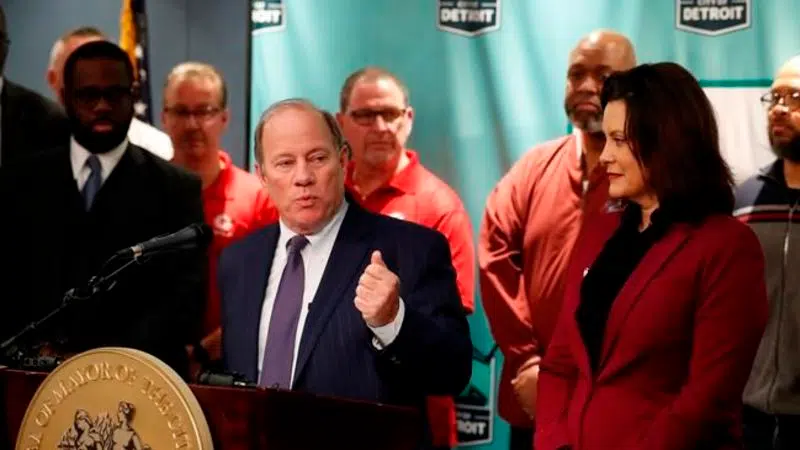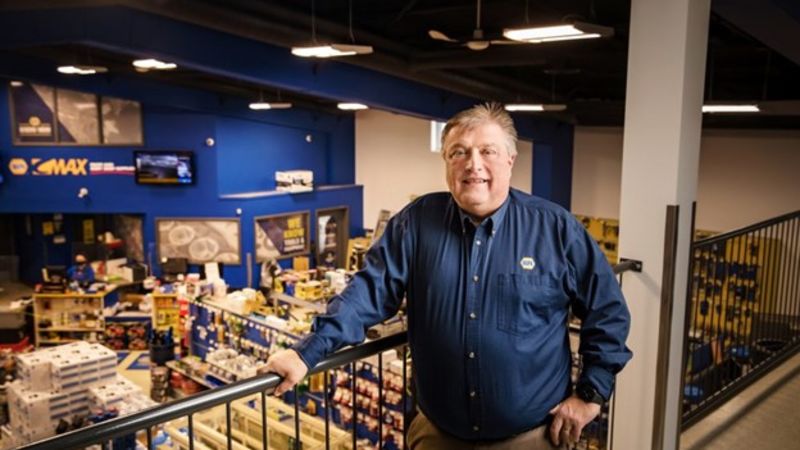
Fiat Chrysler: $4.5B plan would add 6,500 Detroit-area jobs
DETROIT — Fiat Chrysler on Tuesday announced a $4.5 billion investment plan it said would increase its workforce in Detroit and the surrounding suburbs by about 6,500 jobs to build all-new or next-generation SUVs, in a move touted by officials as an uncommon opportunity to revive the regional economy.
Under the plan, the company said it would reopen a shuttered engine plant in the city and convert another in the same complex into a future assembly plant for the Jeep Grand Cherokee and a new, three-row, full-size Jeep SUV and plug-in hybrid models for all.
The Motor City was once home to about a dozen massive auto production plants, but a rash of closures helped to push Detroit’s unemployment rate to a peak of almost 29 per cent a decade ago. The new Chrysler plant would be the first to be built in Detroit since 1991 and is expected to add 3,850 jobs. The company said in a news release that it would add another 1,100 new jobs at its Jefferson North Assembly plant in Detroit, and roughly 1,500 new jobs at facilities in the neighbouring suburb of Warren. The investment would roughly double FCA’s hourly workforce in the city.



